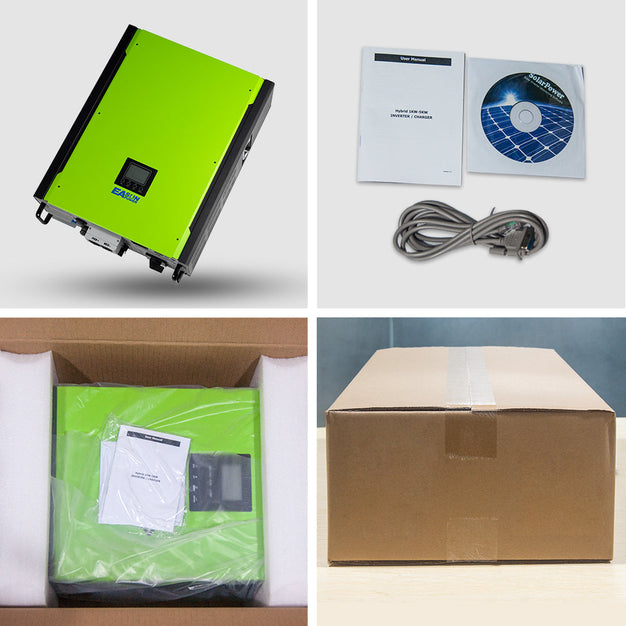In the realm of renewable energy, single phase MPPT solar inverters play a pivotal role in maximizing the efficiency of solar power systems. But what exactly is a single phase MPPT solar inverter, and how does it enhance solar energy utilization? This article delves into the intricacies of these devices, providing a comprehensive understanding for both novices and seasoned professionals.

What is a Single Phase MPPT Solar Inverter?
A single phase MPPT solar inverter is a device that converts the direct current (DC) generated by solar panels into alternating current (AC), which is suitable for household and commercial use. The term "MPPT" stands for Maximum Power Point Tracking, a technology that optimizes the power output from solar panels by continuously adjusting the electrical operating point of the modules. This ensures that the inverter extracts the maximum possible energy from the solar array, even under varying environmental conditions.
How Does MPPT Technology Work?
MPPT technology is essential for enhancing the performance of a single phase MPPT solar inverter. Here’s how it works:
- The inverter monitors the voltage and current output of the solar panels.
- It calculates the maximum power point, which is the optimal combination of voltage and current that results in the highest power output.
- By adjusting the electrical load, the inverter ensures that the solar panels operate at this maximum power point, regardless of changes in sunlight intensity or temperature.
Benefits of Using a Single Phase MPPT Solar Inverter
Choosing a single phase MPPT solar inverter offers numerous advantages:
- Increased Efficiency: MPPT technology can improve energy harvest by up to 30% compared to traditional inverters.
- Cost-Effectiveness: By maximizing energy output, users can reduce their electricity bills significantly.
- Versatility: These inverters are suitable for various applications, from residential to small commercial systems.
- Enhanced Performance in Low Light: MPPT inverters perform better in low light conditions, ensuring consistent energy production.
Choosing the Right Single Phase MPPT Solar Inverter
When selecting a single phase MPPT solar inverter, consider the following factors:
- Power Rating: Ensure the inverter can handle the total output of your solar panels.
- Efficiency Rating: Look for inverters with high efficiency ratings to maximize energy conversion.
- Warranty and Support: A good warranty and customer support can provide peace of mind.
For those interested in exploring high-quality options, you can find a range of that cater to various needs and specifications.
Conclusion
In conclusion, a single phase MPPT solar inverter is an invaluable component in solar energy systems, ensuring optimal energy utilization. By understanding its functionality and benefits, users can make informed decisions that enhance their solar energy experience. As the demand for renewable energy continues to rise, investing in advanced technologies like MPPT inverters will undoubtedly contribute to a sustainable future.








